acf domain was triggered too early. This is usually an indicator for some code in the plugin or theme running too early. Translations should be loaded at the init action or later. Please see Debugging in WordPress for more information. (This message was added in version 6.7.0.) in /home/pfmdevsite/i40accidents.pfmdevsite.com/wp-includes/functions.php on line 6121oxygen domain was triggered too early. This is usually an indicator for some code in the plugin or theme running too early. Translations should be loaded at the init action or later. Please see Debugging in WordPress for more information. (This message was added in version 6.7.0.) in /home/pfmdevsite/i40accidents.pfmdevsite.com/wp-includes/functions.php on line 6121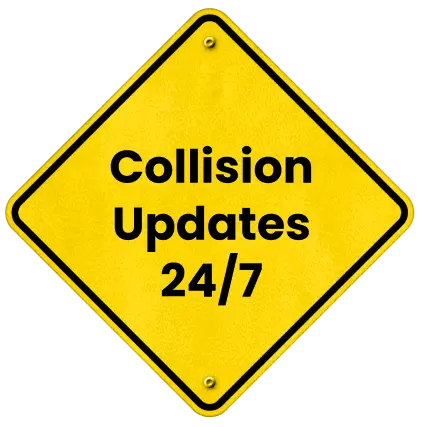
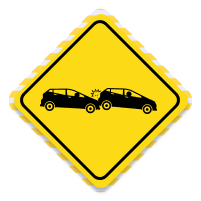
This type of accident occurs when a vehicle hits the vehicle in front of it on the roadway. There are many reasons why this type of accident takes place, often due to driver error while on the interstate.
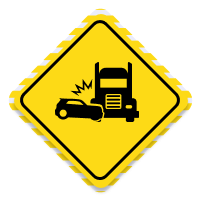
Roughly 50% of truck accidents on the interstate take over four hours to clean up. Extensive delays along these narrow roadways make traveling on the interstate even more hazardous.
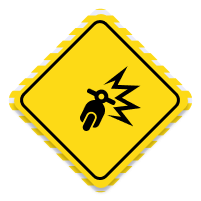
When a motorcycle accident occurs the results can be severe for a rider. That's because motorcycles & their riders have little protection when involved in an accident with a larger car or truck.
Between 1980 and 1982, I-40 in Knoxville underwent a major construction project, widening several lanes of travel, adding frontage roads, and eliminating several interchanges along the stretch of highway.
In 1992, the urban bypass route was completed in downtown Winston-Salem, which provided a new path through the city. The existing highway was then redesignated as Interstate 40 Business, providing an expressway that ran the entire length of the city.
Between 2000 and 2002, a project was underway on the Big I interchange in Albuquerque. This project removed the left-hand entrance in the area and added more travel lanes. This project received national recognition and was honored by the United States Department of Transportation for excellence in urban highway design. Between May 2002 and October 20112, the Oklahoma City Crosstown Expressway was entirely relocated and replaced by Oklahoma City Boulevard.
Between May 2008 and June 2009, a major two-phase project called the "SmartFix 40" went underway in the Knoxville area. This project made several improvements to the roadway and earned America's Transportation Award in 2008 and 2010 from AASHTO.
In 1956, planning for I-40 was established in the Federal Aid Highway Act of 1956. The first stretch of I-40 was renamed in the state of Tennessee. The Tennessee Department of Transportation officials reused a short segment of the freeway in the Knoxville area, called the Magnolia Avenue Expressway, which opened in 1952 and 1955 after officials implemented a name change to redesignate the stretch of roadway as I-40. The route between Memphis and Nashville became the first major stretch of I-40, completed in July 1966. By 1975, the highway was extended east of Knoxville and open for traffic.
As major projects were heavily underway in Tennessee, the North Carolina State Highway Commission approved the extension of I-40 from the Research Triangle Park to Interstate 95 in 1971. Although most of the highway was four lanes wide, the Raleigh area maintained six lanes of travel through Beltline. Construction continued just north of Smithfield on the road. In 1990, the final stretch of the highway was finished between Wilmington, North Carolina, and Raleigh after the highway commission rededicated the existing road.
The entire length of Interstate 40 measures just over 2,556 miles, making it the third-longest interstate highway system in the United States. The roadway passes through eight states across the southern half of the country. These states include:
The highway provides access to major cities across the country, enabling motorists to easily travel to several major interstate highway systems that intersect I-40 along the route.
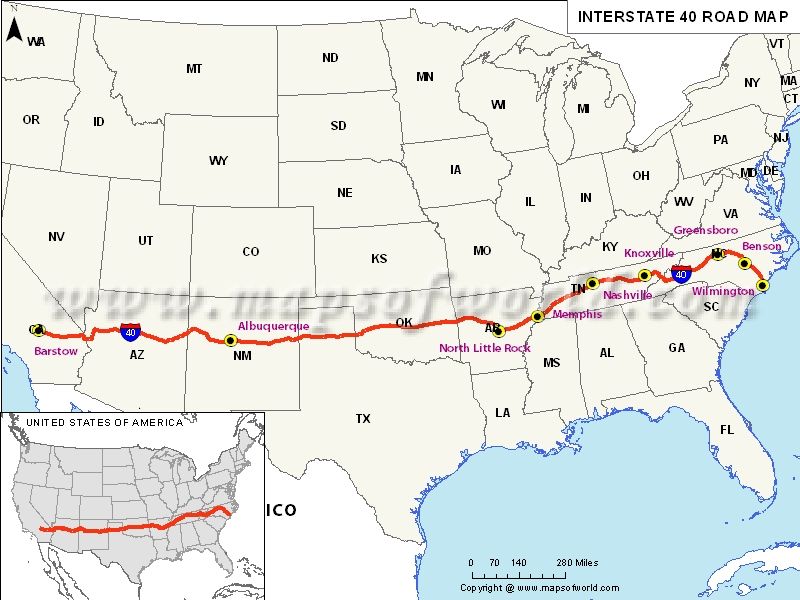
There are several significant junctions along Interstate 40 in seven of the states that the interstate highway passes through. These include:
I-40 provides access to major cities in several states along its path. These include:
Although I-40 is a reliable route for transportation across the nation, there are several trouble areas along the road.
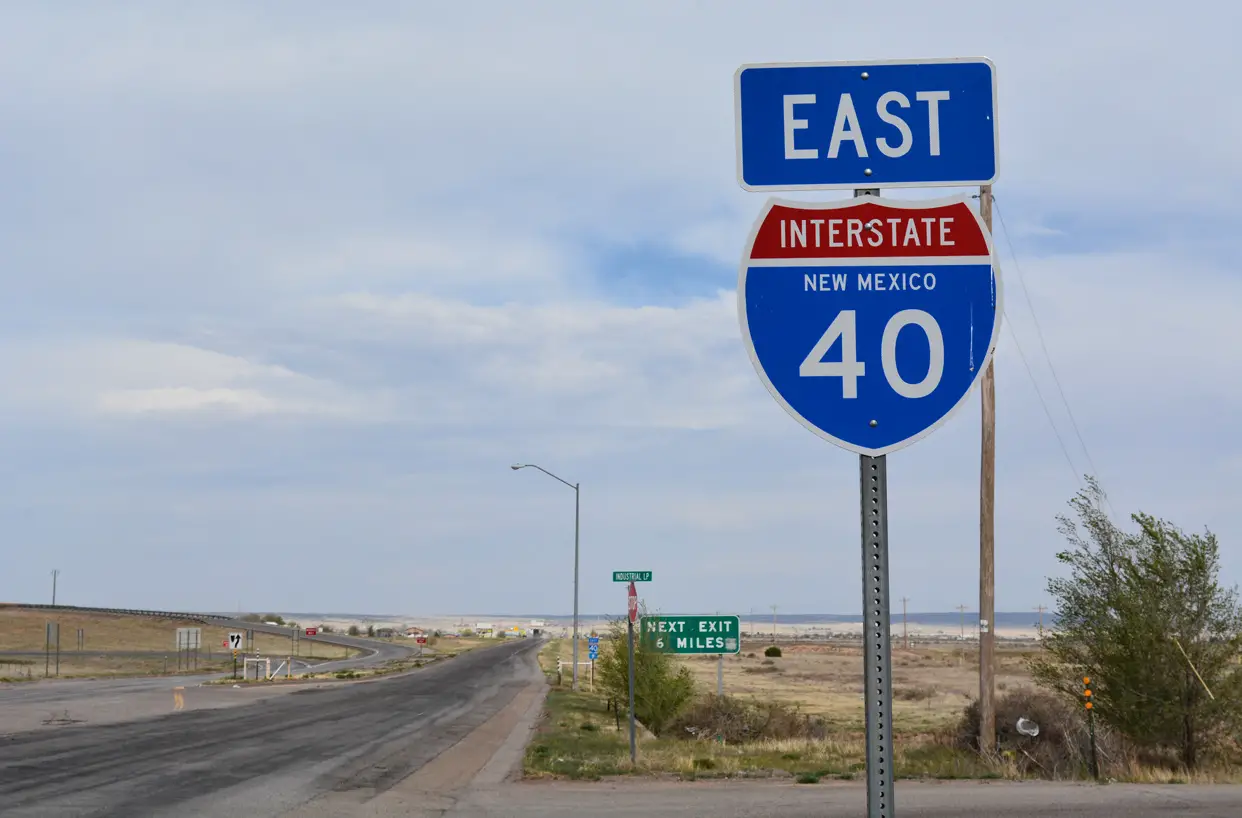
In North Carolina, the stretch of I-40 that runs through the mountain region is particularly dangerous. The area is frequently closed due to landslides and inclement weather conditions.
The Pigeon River Gorge area along the borders of Tennessee and North Carolina is particularly dangerous. This area is prone to landslides, which can make it extremely difficult to navigate the area. There are several winding roads along the steep mountains, which can be dangerous during bad weather. Unsurprisingly, Tennessee ranks I-40 as one of the most dangerous roadways in the country, with a fatality rate of 0.7.
Year after year, I-40 continually ranks as one of the deadliest roadways in the country. Several factors contribute to the dangers of the interstate highway system.
One of the most dangerous aspects of driving on the interstate is the weather. I-40 is located in many rural areas along the route, where the weather can be unpredictable. This can lead to dangerous driving conditions, such as ice and snow on the road.
In major cities, I-40 can be very congested, especially during rush hour. This can make it difficult for drivers to maintain a safe distance from other cars. Also, if there is an accident, it can cause a massive traffic jam.
Year after year, I-40 is ranked as the deadliest road in the state of North Carolina as well. Over a ten-year period, more than 515 fatalities were reported on the interstate within the state's borders.
Interstate highways can be dangerous for several reasons. One of the most dangerous aspects of I-40 is its winding design, particularly in the Tennessee area. These twisting, turning roads can be challenging to navigate, even for experienced drivers. They can also be treacherous in bad weather conditions, such as high winds or ice. Navigating the hills and windy roads can be extremely challenging, especially in inclement weather.
I-40 is one of the busiest highways in the United States. Every day, millions of people travel on I-40 to get to their destination. While I-40 is a great way to get around, it can also be dangerous if you are not careful. You can do several things to stay safe while navigating the interstate. These include:
To safely navigate the interstate, you must become familiar with the roadway before entering. Be sure to check the weather, track current road conditions, and take various other precautions to ensure you can get to your destination safely and on time.
Interstate 40 accidents can be very serious and can result in a variety of injuries. If you are injured in an interstate accident, it is important to contact a lawyer as soon as possible.
If you were involved in an interstate accident, your rights may be affected. A lawyer can help you figure out what steps to take next based on your unique situation. In some cases, you may be able to file a claim with the other party’s insurance company. A lawyer can help you understand your legal rights and what you can do to maximize your recovery.
A lawyer can help you to understand your rights and options following an interstate accident. They can also help you to negotiate settlements with the other party involved in your accident.
A lawyer can help you get the money you deserve. They can deal with the insurance company on your behalf, and they'll make sure that you're treated fairly. In some cases, a lawyer can also help you file a lawsuit against the other driver. This is something that should only be done in cases of serious injury or death.
So if you've been involved in an interstate 40 accident, please don't hesitate to contact a personal injury lawyer. They can make a big difference in your case.
If you've been injured in a car accident on Interstate 40, you may be eligible to file a claim. However, you have a limited time to file a claim. If you fail to file a claim within the set period, you might lose your right to file a claim.
In most cases, you have two years to file a claim. However, statutes of limitations differ from state to state. Here are the statutes of limitations for the states that Interstate 40 passes through:
Personal Injury: Three years
Wrongful Death: Two years
Personal Injury: Two years
Wrongful Death: Two years
Personal Injury: One year
Wrongful Death: One year
Personal Injury: Two years
Wrongful Death: Two years
Personal Injury: Two years
Wrongful Death: Two years
Personal Injury: Two years
Wrongful Death: Two years
Personal Injury: Three years
Wrongful Death: Three years
Personal Injury: Three years
Wrongful Death: Three years
The sooner you get started, the easier it will be to prove your case. Don't hesitate to contact an attorney if you need help filing your claim. They'll be happy to answer any questions you have and help you get started on the road to recovery.
We created this website to help keep our readers informed about accidents that take place on the 5 freeway. Our goal is to build community awareness about the dangers on the 5 freeway and to provide safety tips and other helpful information about what to do or not do if you have been involved in a serious injury accident on I-5.
We help connect our readers with knowledgeable lawyers who can answer all their questions and help obtain a copy of the accident report. Speaking with an attorney can help determine if you have the right to seek compensation for your injuries and losses after sustaining a serious injury in an accident on the 5 freeway.
Notes: Our dedicated team of writers uses secondary sources when creating these blog posts. We have not independently verified all of the facts surrounding this accident. If you locate any incorrect information, please contact I5accidents.com immediately so that we can correct the post to reflect the most updated and accurate information available. We will remove a post if requested.
Disclaimers: If you have been injured in an accident, seek medical attention, then speak to a lawyer to ensure your rights are protected. This post is not intended to be a solicitation for business. The photo used in this post was not taken at this accident scene. The information provided in this post is not intended to be legal or medical advice.
